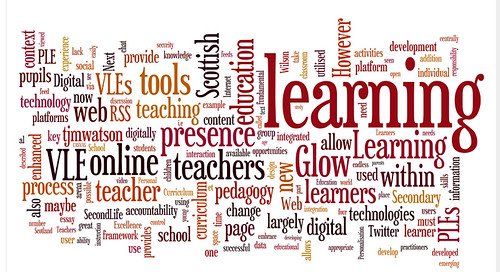10 Powerful Steps for Improved Learning

How to Make Your Job Easier and Give Students an Amazing Gift
for a Lifetime:
It’s the “Gift” of “How to Learn”
Usually, we feature a column on how to be a better teacher, administrator or trainer. This month, we’ll pause for a moment and work at the other end of the process. What do STUDENTS NEED to be doing to become far more effective learners? Some of the research tells us things we already knew.
PART ONE: The Research
We all know that teaching kids HOW to get more organized for study is important. But there might be a few surprises that are downright counter-intuitive. For example, you’ll be surprised to find out that quizzing MORE OFTEN actually promotes learning. But that’s just one of the 10 powerful steps for improved learning. If you are in a position to share these with staff that can reach students, please share this upcoming list. The research for this month was collected by the following scientists:
Harold Pashler (Chair)
University of California, San Diego
Patrice M. Bain
Columbia Middle School, Illinois
Brian A. Bottge
University of Wisconsin–Madison
Arthur Graesser
University of Memphis
Kenneth Koedinger
Carnegie Mellon University
Mark McDaniel
Washington University in St. Louis
Janet Metcalfe
Columbia University
Typically, I use this area to fill your brain with the “why” behind all the action. This month, it’s posted, so you can look it up. The full research document is posted on the web. Only one of 50 of you either: 1) work with students in this capacity, or, 2) are hungry enough to look it up. The document can be downloaded here (pdf).
The research tells us that the following suggestions have reasonable scientific support for them. If something’s not a good idea, you won’t hear it from me. But wait, there’s more! The online research posted 7 ideas and I have added 3 of my own, for a total of 10. Read more



